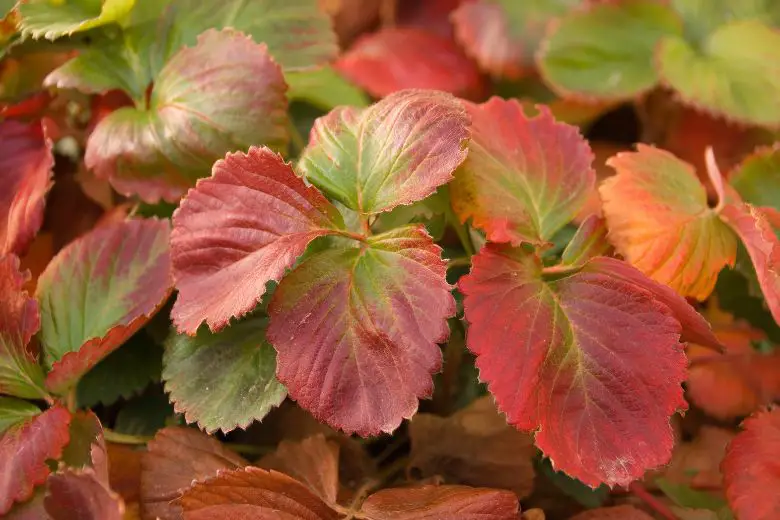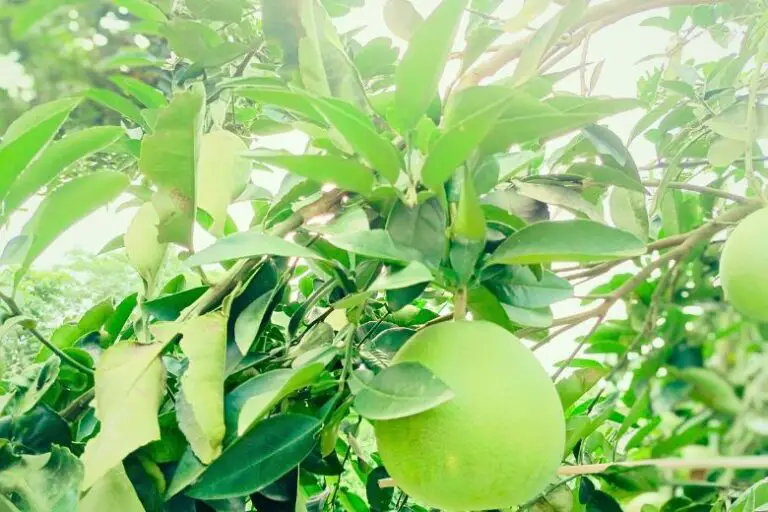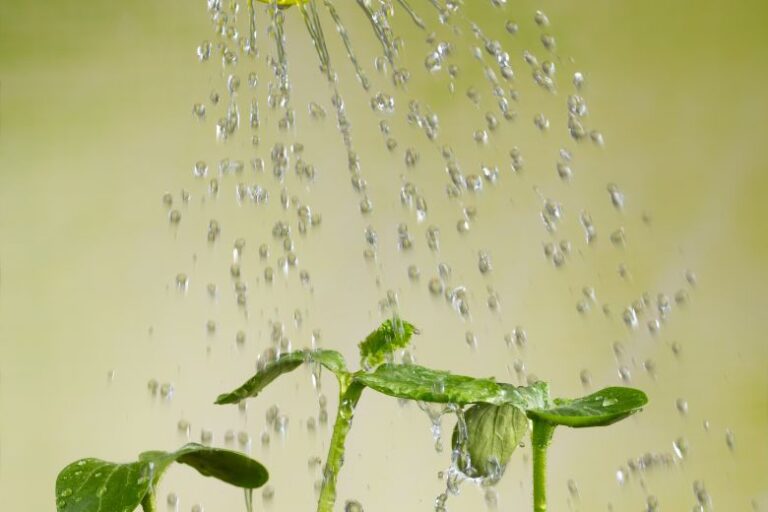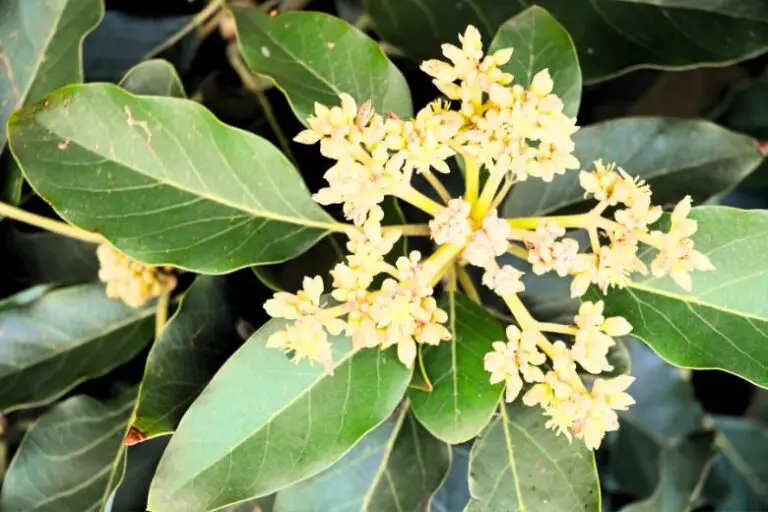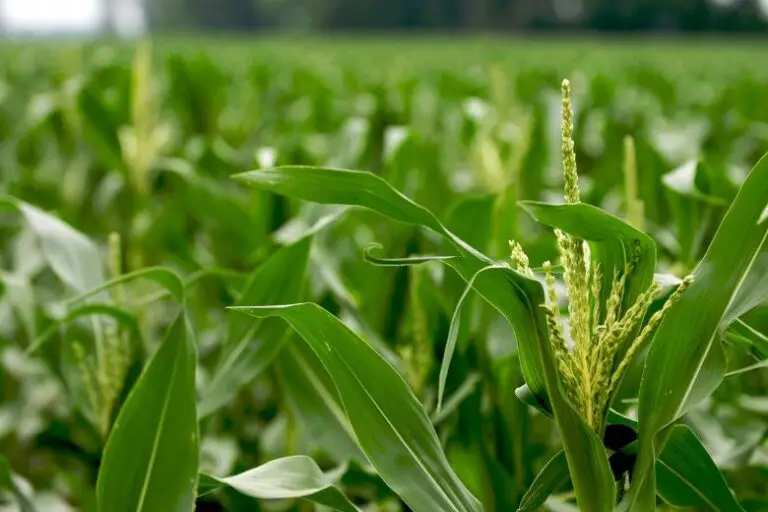Why Strawberry Leaves Turn Red
When wandering through a strawberry patch, you might have noticed the vibrant red hues of the strawberry leaves. This intriguing phenomenon often leaves people wondering: why do strawberry leaves turn red?
The Anatomy of Strawberry Leaves
Before we dive into the transformation process, it’s essential to understand the anatomy of strawberry leaves. Strawberry plants belong to the genus Fragaria and are characterized by their trifoliate leaves. Each leaf consists of three leaflets attached to a central petiole. These leaves serve as vital components for the plant’s growth and survival.
Chlorophyll and Photosynthesis
Chlorophyll, the pigment responsible for the green color in plants, plays a crucial role in photosynthesis. Photosynthesis is the process by which plants convert light energy into chemical energy, producing oxygen and glucose as byproducts. Chlorophyll absorbs light from the sun, which initiates the photosynthesis process.
Changing Seasons and Temperature
As the seasons change, strawberry plants respond to variations in temperature and light. The shift from warm to cold temperatures triggers a series of biochemical reactions within the leaves. The decrease in temperature disrupts the balance between chlorophyll and other pigments present in the leaves, such as anthocyanins.
Anthocyanins: The Culprit Behind Red Leaves
Anthocyanins are water-soluble pigments responsible for the red, purple, and blue hues seen in various fruits, flowers, and leaves. These pigments are known to act as natural sunscreens, protecting the plant’s delicate cells from excessive sunlight. In strawberries, anthocyanins accumulate in response to environmental stressors, such as temperature fluctuations and increased light exposure.
Protecting Against Photodamage
One of the primary reasons strawberry leaves turn red is to protect the plant from photodamage. When the plant is exposed to intense sunlight, the anthocyanins absorb excess light energy that would otherwise harm the plant’s photosynthetic machinery. This pigment acts as a shield, preventing the accumulation of harmful reactive oxygen species and maintaining the leaf’s overall health.
Signaling Mechanisms and Stress Response
The transformation of strawberry leaves from green to red is also linked to signaling mechanisms within the plant. When the plant experiences stress, whether from cold temperatures, nutrient deficiencies, or disease, it triggers a stress response. This response activates genes that stimulate the production of anthocyanins, further contributing to the reddening of the leaves.
Environmental Adaptation
The ability of strawberry plants to adapt to changing environmental conditions is a testament to their resilience. The red coloration serves as a visual indicator that the plant is undergoing a protective process. Over time, this adaptation enhances the plant’s chances of survival by allowing it to thrive even in challenging conditions.
The Aesthetics of Red Leaves
Beyond their functional role in stress protection, the red leaves of strawberry plants have aesthetic appeal. Gardeners and enthusiasts often appreciate the vibrant hues as they add a touch of beauty to outdoor spaces. The interplay of green and red leaves can create a visually striking landscape.
Conclusion
The transformation of strawberry leaves from green to red is a complex yet fascinating phenomenon driven by the interplay between chlorophyll and anthocyanins. As the plant responds to changing seasons and environmental stressors, it adapts by producing these protective pigments. The red leaves not only shield the plant from photodamage but also contribute to its aesthetic appeal. So, the next time you come across a strawberry plant with red leaves, you’ll know that it’s not just a random occurrence but a remarkable example of nature’s intricate adaptations.

